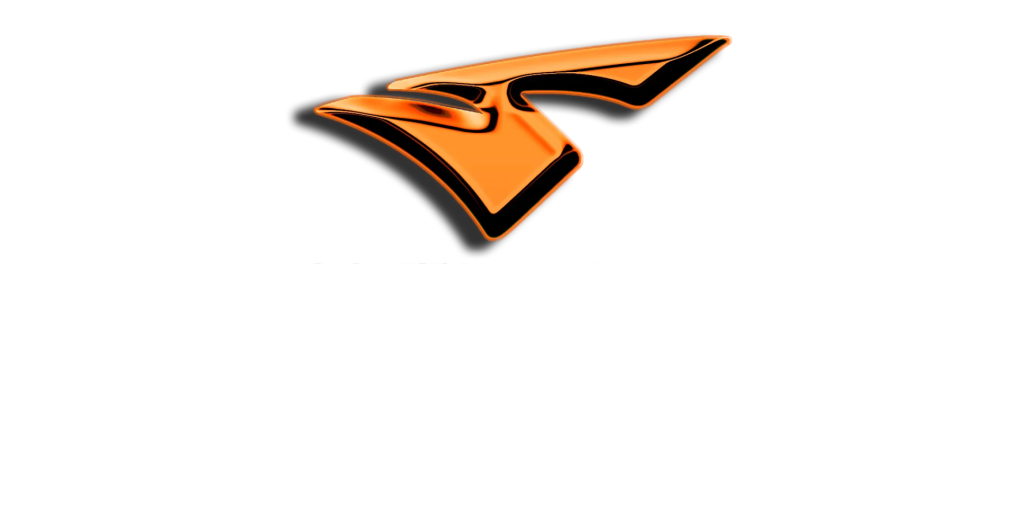The field of hazardous materials (hazmat) response has undergone significant transformations over the decades. For industrial response teams tasked with managing chemical spills, toxic releases, and other hazardous incidents, the shift from manual, labor-intensive methods to cutting-edge technology has been profound. These advancements not only enhance safety but also improve efficiency, accuracy, and the ability to mitigate risks in real time.
Early Days: Manual Techniques and Basic Equipment
In the early years of hazmat response, industrial teams relied heavily on basic protective gear and rudimentary detection tools. Protective suits were bulky and offered limited mobility, while detection equipment consisted mostly of chemical indicators that required manual interpretation. Incident response strategies focused primarily on containment through physical barriers and manual procedures.
Personnel faced significant challenges when dealing with hazardous materials. The lack of real-time data and communication tools meant decisions were often based on limited information, increasing the potential for human error. Moreover, physical strain and exposure risks were higher due to inadequate personal protective equipment (PPE).
Advancements in Personal Protective Equipment
Over time, the design and functionality of personal protective equipment have seen major improvements. Modern suits now incorporate lightweight, durable materials that offer better chemical resistance and increased mobility. Respirators and air-supplied systems have advanced, providing more reliable protection during extended operations.
The use of smart textiles is emerging in this field, embedding sensors that can monitor the wearer’s vital signs, environmental conditions, and potential breaches in protection. This innovation marks a critical shift in safeguarding the health and performance of hazmat personnel during emergency response scenarios.
The Rise of Real-Time Detection and Monitoring
One of the most significant advancements in hazmat technology is the development of real-time detection systems. Unlike the old chemical indicator strips, today’s industrial teams employ advanced electronic sensors capable of detecting a wide range of chemical and biological agents with precision.
Portable gas chromatographs and spectrometers allow teams to quickly analyze samples on-site, delivering results within minutes. These devices, often integrated with GPS and wireless data transmission, provide command centers with instant access to crucial data. This connectivity ensures that response strategies are informed by accurate, up-to-the-minute information, dramatically improving decision-making under pressure.
Robotics and Drones: Extending Capabilities
Hazmat for industrial response teams has further evolved with the introduction of robotics and drones. These machines can enter hazardous zones that are too dangerous for human responders, providing real-time video feeds, sample collection, and environmental monitoring.
Drones equipped with chemical sensors can survey large areas and pinpoint sources of contamination without putting personnel at risk. Ground-based robots, meanwhile, can handle containment tasks, such as plugging leaks or deploying barriers, with precision and repeatability.
The deployment of unmanned systems not only improves safety but also enhances the speed and scope of emergency responses, particularly in complex industrial environments where accessibility is limited.
Data Integration and Incident Management Software
Modern incident management relies heavily on data integration platforms. These systems collect and process data from multiple sources, including sensors, drones, and wearable devices, and present it in user-friendly dashboards. By visualizing hazard zones, personnel movements, and equipment status, incident commanders can coordinate responses more effectively.
Predictive analytics, powered by historical incident data and machine learning algorithms, help forecast the spread of hazardous materials and suggest optimal containment strategies. This capability represents a major advancement over earlier practices, where responses were based largely on experience and guesswork.
Training and Professional Development
As technology evolves, so too does the need for specialized training. Industrial response teams must continually adapt to new tools and methods. Professional training courses in hazardous materials handling focus on imparting practical knowledge and hands-on experience.
These in-person training sessions emphasize the real-world application of technology, ensuring responders can effectively operate detection equipment, interpret data, and manage robotic systems under pressure. Such immersive training builds not only technical proficiency but also confidence, enabling personnel to act decisively during critical incidents.
The Importance of Staying Updated
Industrial environments are dynamic, and the nature of hazardous materials continues to evolve with new chemicals and processes. Regular updates to training programs and technological upgrades are essential to maintain an effective response capability.
Organizations that prioritize continuous learning and investment in technology maintain a competitive edge in safety and compliance. They are better prepared to protect their employees, the environment, and the community from the potentially devastating effects of hazardous material incidents.
A Safer Future for Industrial Response
The journey from rudimentary chemical indicators to sophisticated, integrated response systems illustrates the profound progress in hazmat technology. For industrial response teams, these advancements mean faster, safer, and more effective interventions.
Investing in Signet North America professional training and cutting-edge technology is no longer optional but a critical component of responsible industrial operation. Emergency response competence today hinges on the ability to leverage high-tech tools and a deep understanding of incident dynamics.
By embracing this evolution, organizations enhance their resilience and ensure that they are ready to meet the challenges of hazardous material management in an increasingly complex industrial landscape.

